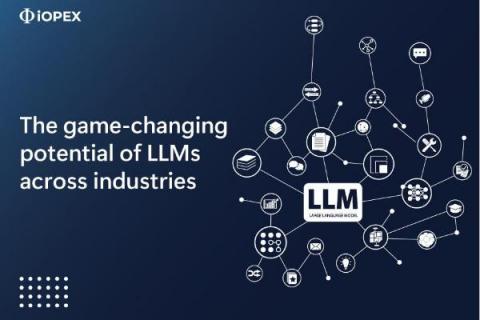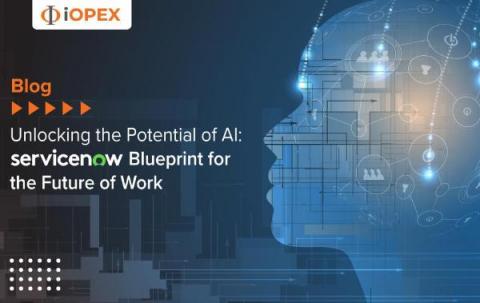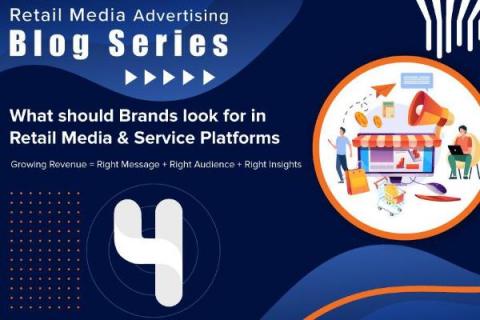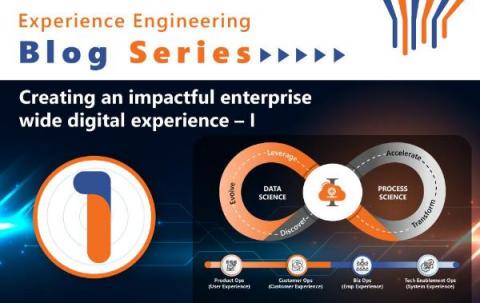Operations | Monitoring | ITSM | DevOps | Cloud
Digital Transformation
The Future of Large Language Models (LLMs) in Transforming Industries
Large Language Models (LLMs) have emerged as a powerful force capable of reshaping industries across the board. From small startups to multinational corporations, organizations are actively experimenting with LLMs, recognizing their potential to disrupt the market. This blog explores the predictions from major industry leaders regarding the future of LLMs and provides insights on how businesses can leverage this technology to gain a competitive edge.
The Growing Adoption of LLMs in Production in the Enterprise
In today's fast-paced business landscape, Large Language Models (LLMs) have emerged as powerful tools with unimaginable potential, revolutionizing various industries, driving innovation and efficiency. In this blog, we will delve into the enterprise use cases of LLMs, highlighting how companies like Walmart, Stellantis, and Commvault are leveraging this technology to enhance customer experiences, streamline processes, and democratize content creation.
The Modern Tech Stack and harnessing the potential of LLM
The limitations of the NLP tech stack gave birth to the modern LLM tech stack. As businesses evolve as connected, interactive, and data-intensive, business products are powered by a new layer of this modern technology.
How Do FinTech Companies Make Money
Experience Engineering (I): What Is It & How to Embrace It? | iOPEX
Introduction: 2021 Digital Business Study by Foundry states that “91% of organizations surveyed have adopted or have plans to adopt a digital-first business strategy.” The researchers estimate that companies will spend $16.5 million over next 12 months on “digital initiatives” including AI/ML, Data Analytics and Cloud.
ServiceNow's AI Solutions | Exponential Enterprise Growth | iOPEX
Artificial Intelligence (AI) is revolutionizing the business landscape, offering immense potential to transform organizations into exponential enterprises. ServiceNow, recognized as the "engine of the enterprise," envisions a future of work where AI-powered solutions automate processes, enhance decision-making, and extract valuable insights from data.
What should brands look for in Retail Media & Service Platforms? | iOPEX
Growing Revenue = Right Message + Right Audience + Right Insights It is evident from the previous series of blogs that retail media networks, services, and advertising platforms are being rapidly used by various B2C advertisers to reach their potential buyers through various ad formats. There is growing need for every advertiser/market is to reach a maximum number of the intended audience to increase the return on ad spend (ROAS).
Government Risk Management: How Agencies Balance the Risks vs. Benefits of Digital Transformation
Creating an impactful enterprise-wide digital experience (DX) - I
Post the pandemic, Customer Experience (CX) has emerged as the top priority for growth-oriented companies that are expending considerable effort to understand how customers perceive their organization at every stage of their digital interaction. According to Pew Research, “31% of U.S. adults go online ‘almost constantly’ as of 2021.” This is a significant increase from only 21% in 2015.











